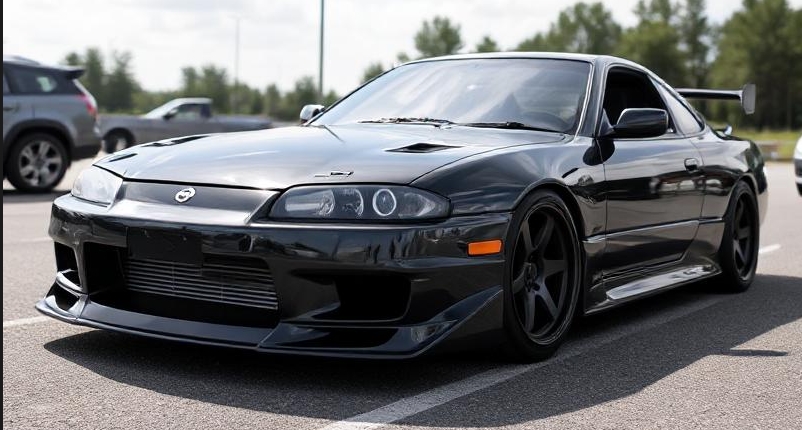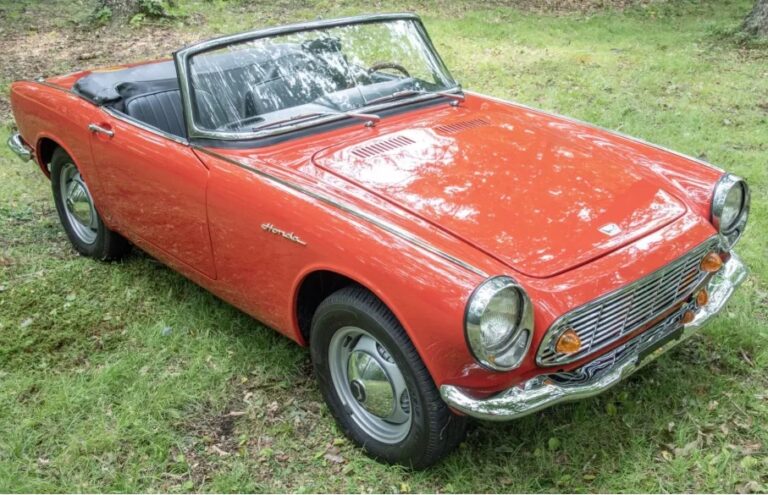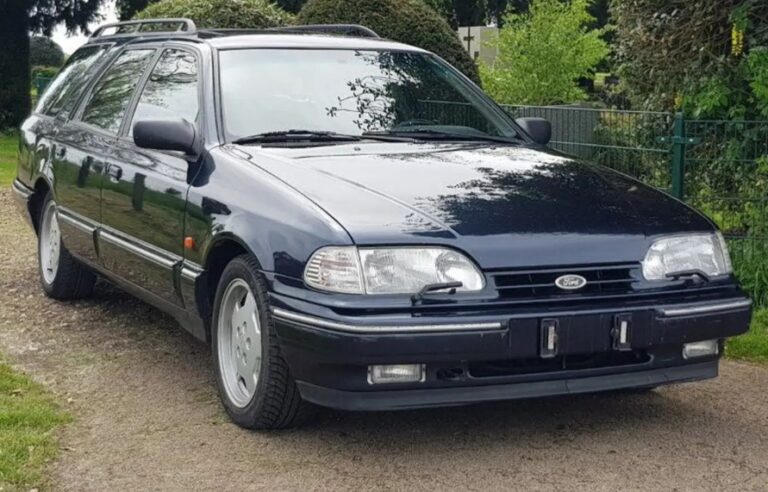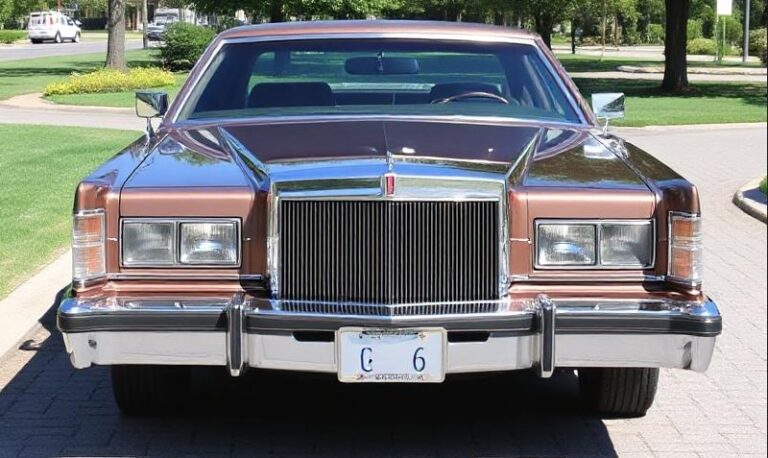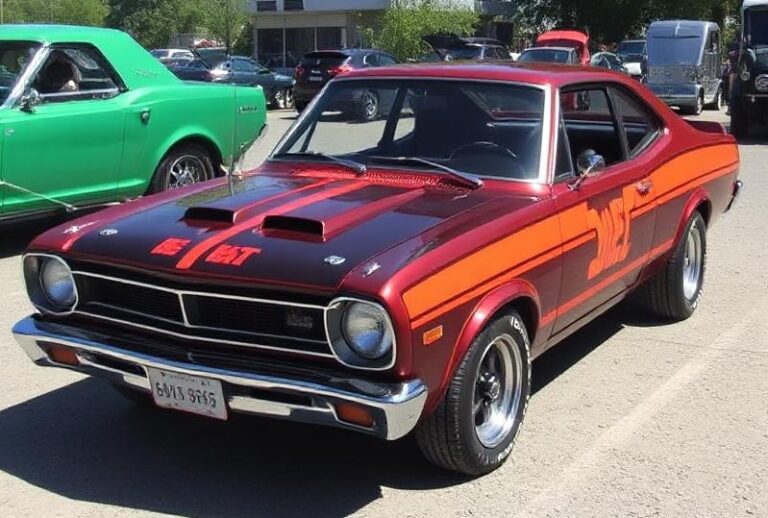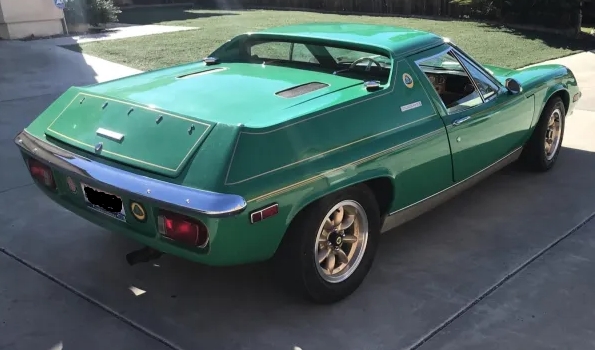The Evolution of the Nissan Silvia: A Comprehensive Overview
The Nissan Silvia is an iconic sports coupe that has left an indelible mark on the automotive landscape. It has captured the hearts and minds of enthusiasts around the world since its debut in the 1960s. Over the years, the Silvia has undergone multiple generations of design, engineering innovations, and performance enhancements, making it a sought-after vehicle for both street and motorsport applications. This article delves into the evolution of the Nissan Silvia, detailing the years produced, the models, and the trim levels offered throughout its storied history.
First Generation (S10; 1964-1968)
The Nissan Silvia made its debut in 1964 as a response to the growing demand for stylish and sporty automobiles. Built on the chassis of the Datsun 1500, the first-generation Silvia, known as the S10, showcased a unique design that borrowed from the aesthetics of European sports coupes.
Key Features:
- Engine Options: The original Silvia came equipped with a 1.6-liter (SPL310) engine, producing around 96 hp. Options included a 4-speed manual transmission and a 3-speed automatic.
- Variants: The S10 was available as a coupe and was known for its lightweight design and affordable price tag.
Although production ended in 1968, the Silvia laid the foundation for its subsequent reincarnations.
Second Generation (S110; 1975-1980)
The second generation arrived in 1975, featuring the S110 series, which reflected the changing trends in automotive design during the 1970s.
Key Features:
- Engine Options: The Silvia was offered with a choice of 1.8-liter and 2.0-liter inline-4 engines, depending on the market, with power ranging from approximately 100 to 140 hp.
- Models: The S110 offered several trim levels, including the sports-oriented “Silvia” and more refined options.
- Design: This generation showcased a bolder and more aggressive appearance with improved aerodynamics, which contributed to its appeal.
Despite the oil crisis affecting sales in the late 1970s, the S110 proved popular among enthusiasts.
Third Generation (S12; 1983-1988)
The S12 Silvia debuted in 1983 and marked a significant shift towards performance and innovation.
Key Features:
- Engine Options: The third-generation Silvia was equipped with a 1.8-liter engine, producing around 135 hp in its naturally aspirated form, while turbocharged variants approached 180 hp.
- Models: The S12 was available in several configurations, including the naturally aspirated “Silvia” and the turbocharged models designated “Silvia Turbo.” Trim levels included the base model, “Silvia Q,” “Silvia J,” and the performance-oriented “Silvia S.”
- Design: The S12 featured rounder body lines and the introduction of hatchback options, catering to a broader consumer base than previous generations.
The S12’s sporty handling and turbocharged options appealed to young drivers and those in motorsport circles.
Fourth Generation (S13; 1988-1994)
The S13 Silvia, introduced in 1988, is perhaps the most recognized among enthusiasts, largely due to its influence in drift culture and its presence in motorsports.
Key Features:
- Engine Options: With engine options that included the naturally aspirated CA18DE and turbocharged CA18DET, power figures for this generation ranged from approximately 115 hp to 200 hp.
- Models: The S13 came in various models, including the base “Silvia,” “Silvia Q,” and high-performance “Silvia S” models such as the 240SX in the US market. Trim levels included the “K’s,” luxury “Q’s,” and “J’s” options.
- Design: This generation featured a more refined and aerodynamic body style, characterized by its pop-up headlights and a more aggressive stance.
The S13 quickly became synonymous with the drift scene, especially during the 1990s.
Fifth Generation (S14; 1993-1999)
Building on the success of the S13, the S14 Silvia introduced more powerful engines and a more modern design.
Key Features:
- Engine Options: The S14 came equipped with the SR20DE and SR20DET engines, with power outputs ranging from 140 hp for the naturally aspirated variant to over 250 hp for the turbo models.
- Models: Several variants included the SE, the Zenki (early) and Kouki (late) models, providing different levels of features and performance.
- Design: The S14 featured a sleeker design with more refined curves compared to the angular S13. It placed a greater emphasis on comfort while maintaining its sporty characteristics.
The S14 was also popular in motorsports and helped solidify Nissan’s reputation in the drifting community.
.

.
Sixth Generation (S15; 1999-2002)
The final generation, the S15, was introduced in 1999 and is widely regarded as the pinnacle of the Silvia lineage.
Key Features:
- Engine Options: The SR20DET engine in the S15 produced around 250 hp, cementing its status as a performance icon. The engine was known for its tuning potential, which made it a favorite among tuners.
- Models: Various trim levels included the Spec-S, Spec-R, and the limited edition “Autech” variants, offering a mix of luxury and performance options.
- Design: The S15 featured a more aggressive look with sharper lines, a distinctive front end, and a more driver-focused interior.
This generation gained immense popularity not just in Japan but also in other markets, particularly in Australia, where it became a favorite in the car scene.
Conclusion
The Nissan Silvia has undergone significant transformations since its inception in the 1960s, consistently balancing style, performance, and innovation throughout its various generations. While the production of the Silvia ended in 2002, the legacy of the car continues as a cherished icon among enthusiasts and drift culture.
The evolution of the Silvia reflects a broader story of Nissan’s commitment to performance and engineering excellence. Enthusiasts continue to celebrate the innovations and designs of each generation, ensuring that the Silvia remains a cherished part of automotive history.
As the car culture continues to evolve, the passion for the Nissan Silvia remains strong, a testament to the enduring appeal of this iconic line of Japanese sports coupes.
